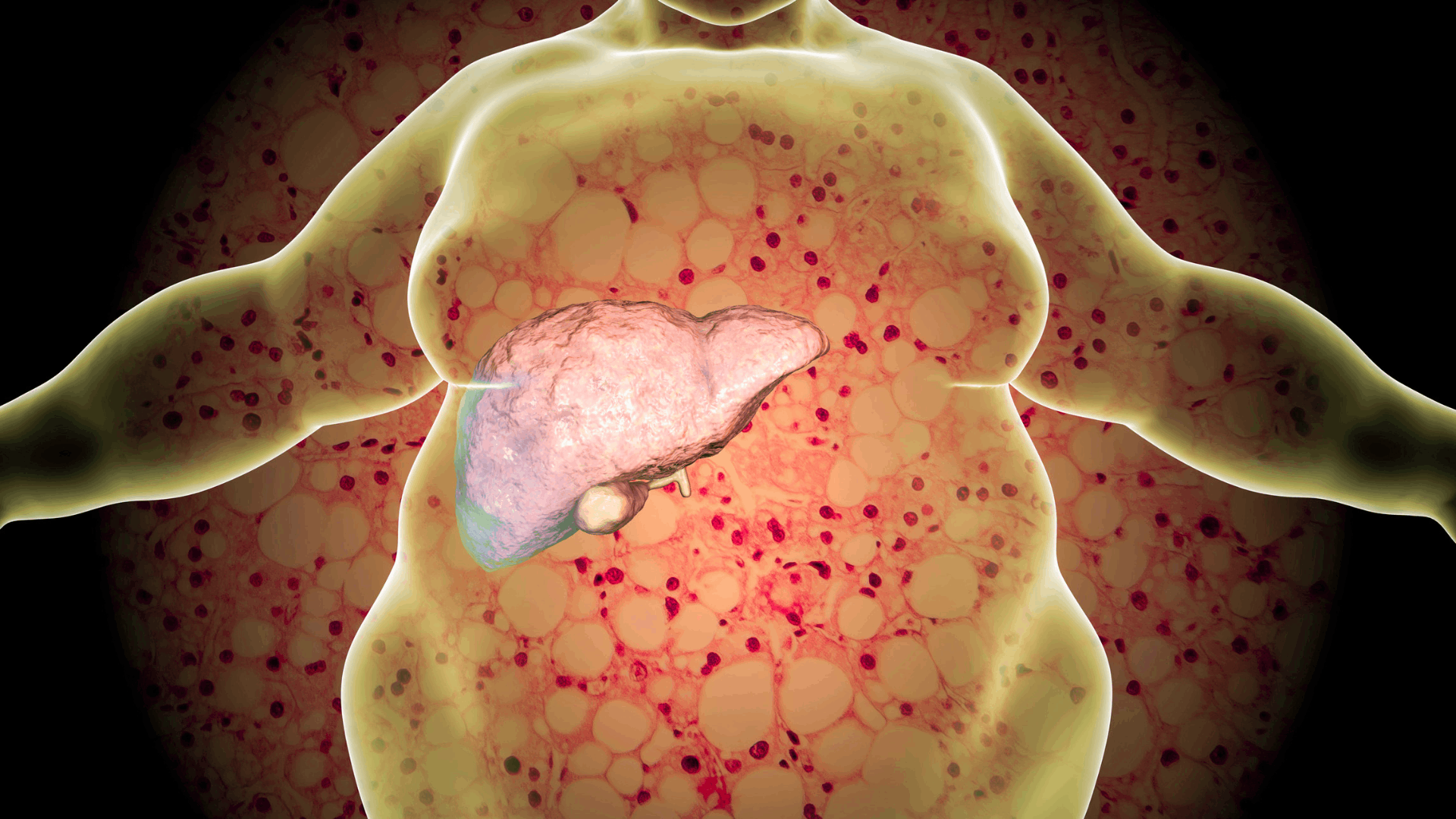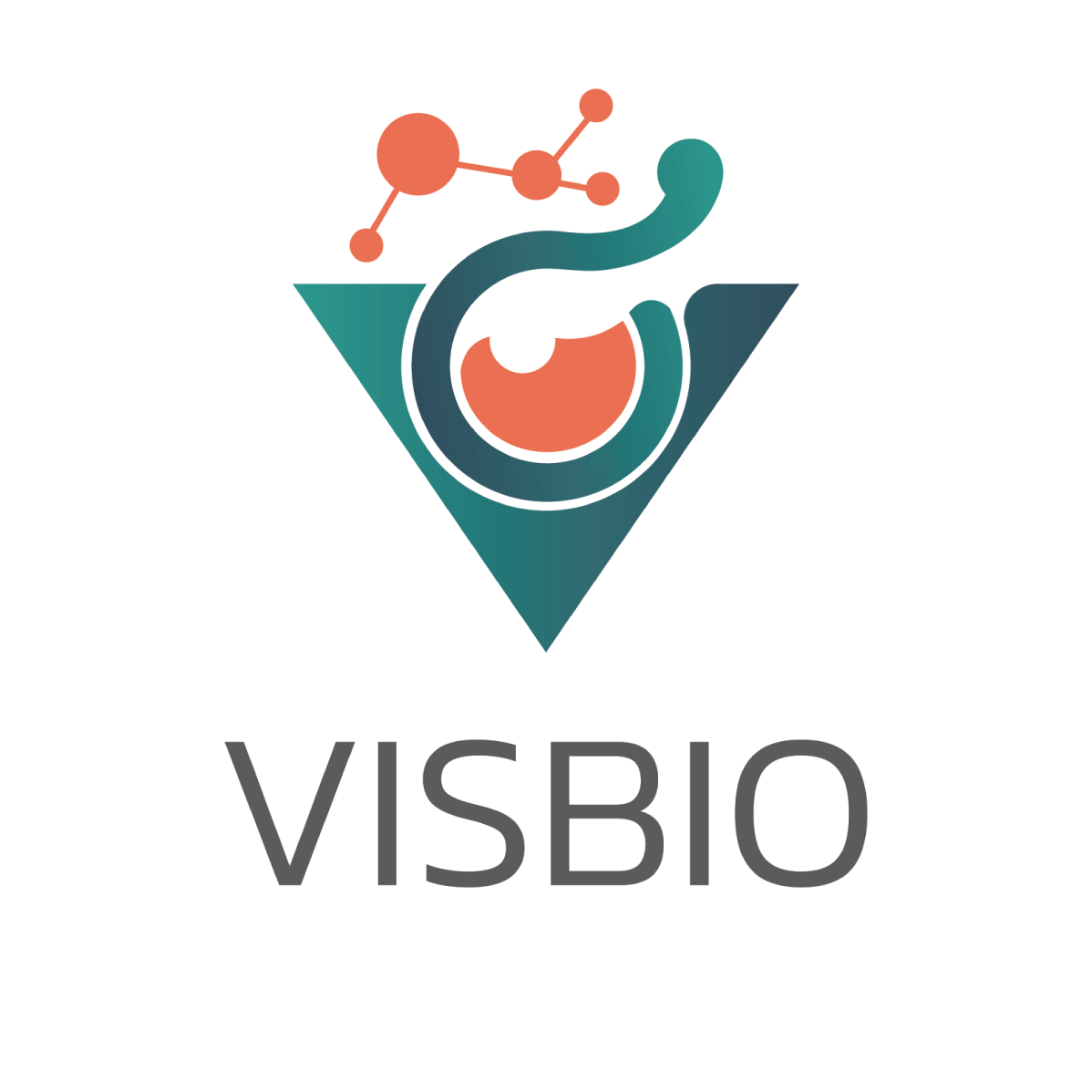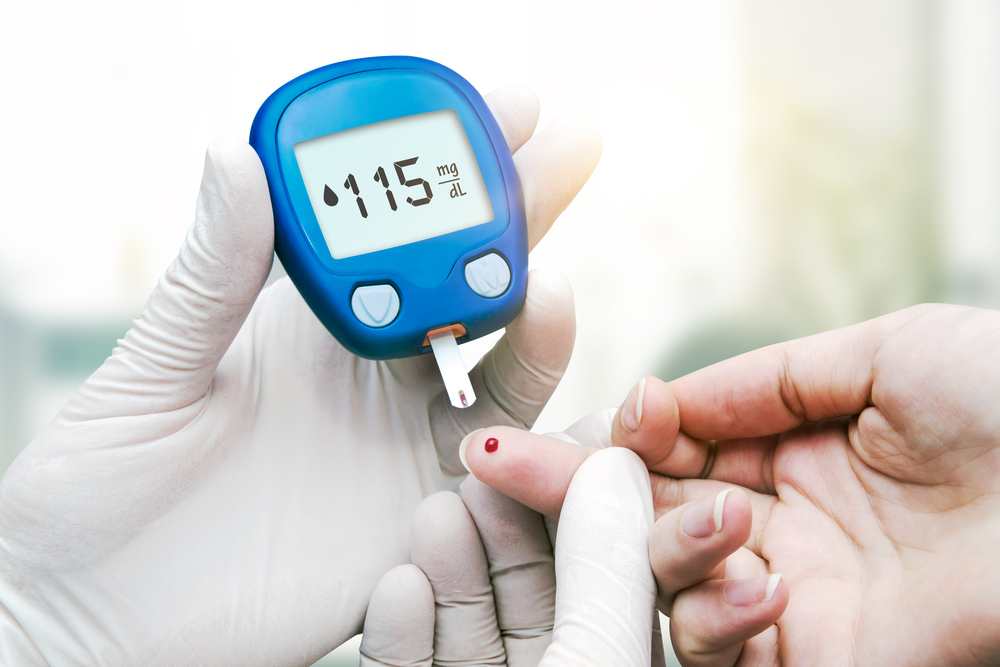
Service Information for Alpha-Amylase Enzyme Inhibition Testing
VISBIO Co., Ltd. offers services for testing and analyzing for the inhibitory effects on alpha-amylase enzymes using the Enzymatic assay with herbs or products capable of influencing diabetes. Alpha-amylase enzymes are produced by the pancreas and are predominantly found in saliva glands. They serve as catalysts in converting starch into sugar by breaking down the bonds within starch molecules, reducing them into dextrin, paired sugar molecules such as maltose, and single sugar molecules like glucose. When the action of alpha-amylase enzymes is inhibited by alpha-amylase inhibitors, it helps reduce the risk of high blood sugar levels and mitigates factors contributing to obesity and related issues, such as overweight conditions or complications in diabetes. Studies have shown that herbal plants play a vital role in diabetes management, with more than 800 plant species identified to be as effective as or even better than current medications.
Diabetes mellitus
Diabetes Mellitus is a medical condition characterized by insufficient production of the hormone insulin, leading to abnormally high blood sugar levels. Insulin is the hormone responsible for regulating blood sugar levels and is produced by beta cells (β-Cell) in the Islets of Langerhans within the pancreas.
The World Health Organization classifies diabetes into 4 types based on its causes:
- Type 1 Diabetes: Typically occurs in children or individuals under the age of 30, most of whom are lean. In this type, the pancreas cannot produce insulin. In Thailand, approximately 3.4% of diabetes cases are of Type 1.
- Type 2 Diabetes: This is the most common form, accounting for around 95-97% of diabetes cases in Thailand. It usually affects individuals over the age of 40 and is often associated with obesity. In Type 2 diabetes, the pancreas can still produce some insulin, but there is often resistance to insulin. Nowadays, it is increasingly found in children, especially obese ones, due to lifestyle changes, high-fat diets, lack of physical activity, and increased screen time instead of outdoor play or sports.
- Other Specific Types of Diabetes: These types are caused by specific factors such as genetic abnormalities, pancreatic diseases, hormonal disorders, certain medications like steroids, or chemical substances.
- Gestational Diabetes: Gestational diabetes occurs during pregnancy when an individual without a history of diabetes develops it during pregnancy. Hormones released from the placenta have an anti-insulin effect, reducing the body’s response to insulin. If the pancreas cannot produce enough insulin in response, it may lead to gestational diabetes. Frequently, after giving birth, diabetes disappears.
Mechanism of α-Amylase Enzyme
The alpha-amylase (α-amylase) enzyme is found in saliva and the pancreas and is present in both humans and milk-feeding animals. It belongs to the group of Hydrolases enzymes. The main function of this enzyme is to accelerate the breakdown of substances, such as the hydrolysis of 1,4-glycosidase bond in molecules like starch, amylopectin, amylose, glycogen, and maltodextrins. The process of carbohydrate digestion begins in the mouth, where alpha-amylase breaks down the 1,4-glycosidic bonds in starch molecules, reducing their size into dextrins, disaccharides like maltose and monosaccharides like glucose. This enzymatic breakdown of carbohydrates is crucial in increasing the level of sugar in the bloodstream, as illustrated in Figure 1.
Therefore, the inhibition of the alpha-amylase (α-amylase) enzyme is considered another key factor in preventing diabetes. Consuming products that could inhibit the activity of alpha-amylase enzyme can help prevent the accumulation of glucose in the bloodstream and prevent its absorption into the body. This is particularly suitable for individuals who need to reduce and control their blood sugar levels.
Figure 1 The Process of Accelerating the Conversion of Starch into Sugar by Alpha-Amylase Enzyme
Herbs That Promote Inhibition of Alpha-Amylase Enzyme (α-amylase)
Herbal plants play a significant role in the treatment of diabetes. Currently, more than 800 plant species have been discovered that are capable of treating diabetes, some of which are as effective as or even better than current medications. Examples of important compounds found in plants include:
- 1-deoxynojirimycin: This compound is derived from plants in the Moraceae family.
- Thiosugar group compounds: These include substances like salacinol and kotalanol, which are extracted from the plant Salacia reticulata Wight, found in Sri Lanka.
These compounds have the ability to inhibit the activity of the alpha-amylase enzyme, which is crucial in preventing the accumulation of glucose in the bloodstream. They can also prevent the absorption of glucose into the body. Such inhibitory properties are commonly found in leguminous plants such as white beans, red beans, and black beans.
Testing the Inhibitory Activity of α-Amylase Enzyme
The evaluation of inhibitory activity against the alpha-amylase enzyme can be conducted on samples of herbs, raw martials, ingredients, herbal extracts, herbal products or dietary supplements. The testing procedure involves the following steps:
- Mix the sample with the desired concentration with a sodium phosphate buffer solution (pH 6.8) and α-amylase enzyme in a 96-well plate.
- Incubate the mixture at room temperature for 10 minutes.
- Add 2-chloro-4-nitrophenyl-D-maltatrioside (CNPG3) to the mixture and mix it thoroughly. Incubate the mixture at room temperature for 30 minutes.
- Measure the absorbance at a wavelength of 405 nanometers using a Microplate Reader.
- Calculate the percentage of α-amylase inhibition (%α-amylase inhibition).
The report testing results can be done in 2 ways:
- Testing the effectiveness of inhibiting the alpha-amylase enzyme: This determines if the sample product possesses inhibitory properties against the alpha-amylase enzyme.
- Reporting the test results by calculating the concentration of the sample that causes 50% inhibition of the alpha-amylase enzyme (IC50, the half maximal inhibitory concentration). This reporting method is suitable for raw materials, herbs or extracts intended for development in various health and beauty products or medicine products.
Example of a Report on the Inhibitory Activity of Alpha-Amylase Enzyme (α-amylase)
Testing the Inhibition Activity of Alpha-Amylase Enzyme (α-amylase) in a Laboratory Test Tube Using the Standard Substance Acarbose, which is a medication that inhibits the breakdown and absorption of sugar resulting from carbohydrate digestion in the body. This prevents post-meal blood sugar levels from rising excessively. The test involved calculating the percentage of inhibition of the alpha-amylase enzyme at various concentrations of the test substance compared to the acarbose standard.
The chart illustrates the percentage of inhibition of alpha-amylase enzyme (α-amylase) at various concentrations of the test substance compared to the acarbose standard.
Literature:
- Colon Institute. (2012). รูปโครงสร้างเอนไซม์อะไมเลส [ระบบออนไลน์] . แหล่งที่มา http://colon-institute.org/supplements/amylase/
- Yang, C. Y., Yen, Y. Y., Hung, K. C., Hsu, S. W., Lan, S. J., & Lin, H. C. (2019). Inhibitory effects of pu-erh tea on alpha glucosidase and alpha amylase: a systemic review. Nutrition & diabetes, 9(1), 23. https://doi.org/10.1038/s41387-019-0092-y
- Nickavar, B., & Amin, G. (2011). Enzyme Assay Guided Isolation of an α-Amylase Inhibitor Flavonoid from Vaccinium Arctostaphylos Leaves. Iranian journal of pharmaceutical research: IJPR, 10(4), 849–853.
- J. Pure Appl. Microbiol., 2020, 14 (1): 573-580 | Article Number: 5860 https://doi.org/10.22207/JPAM.14.1.59
- ธนากรณ์ ดำสุด, 2561, การศึกษาพืชสมุนไพรในงานสาธารณสุขมูลฐานที่มีฤทธิ์รักษาโรคในสังคมผู้สูงอายุ, คณะวิทยาศาสตร์และเทคโนโลยี มหาวิทยาลัยเทคโนโลยีราชมงคลศรีวิชัย.




